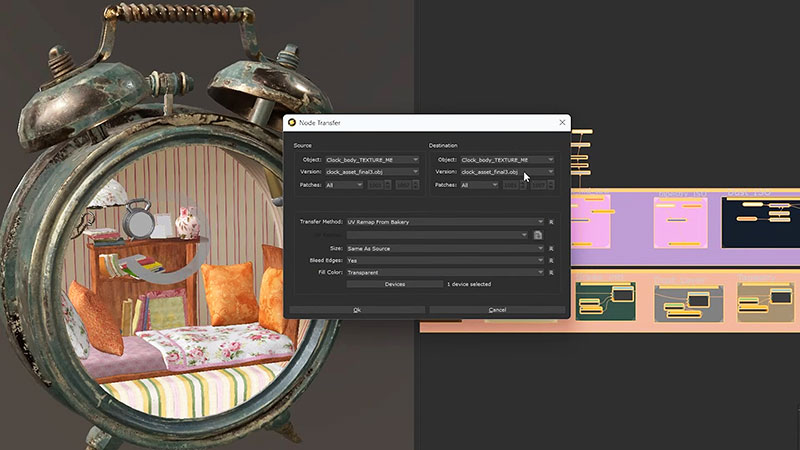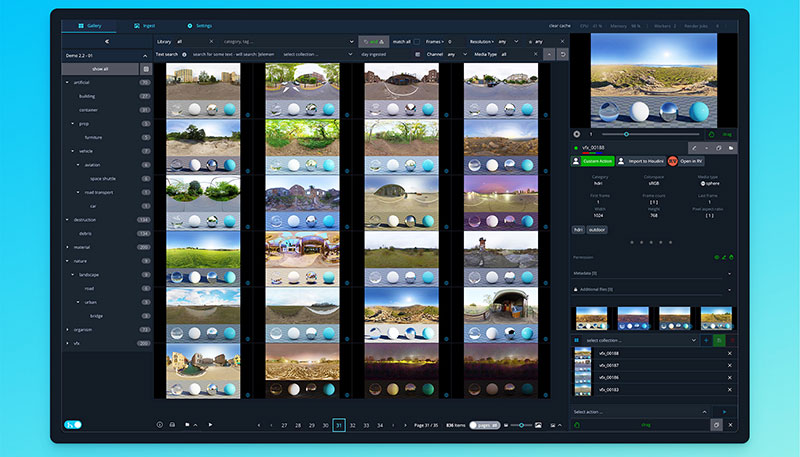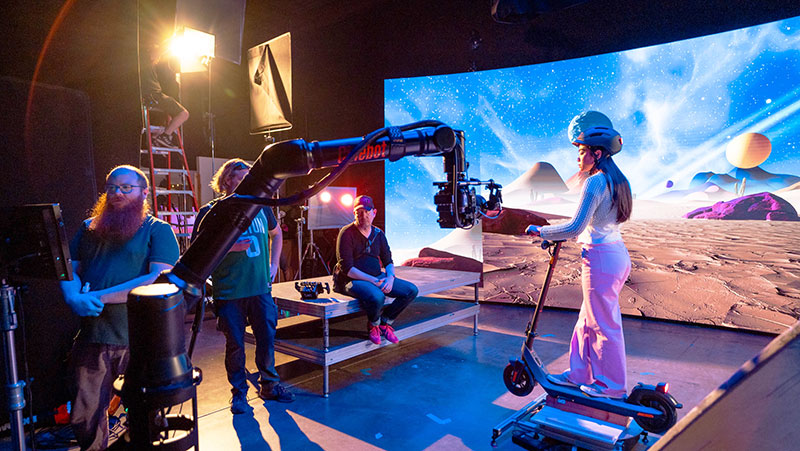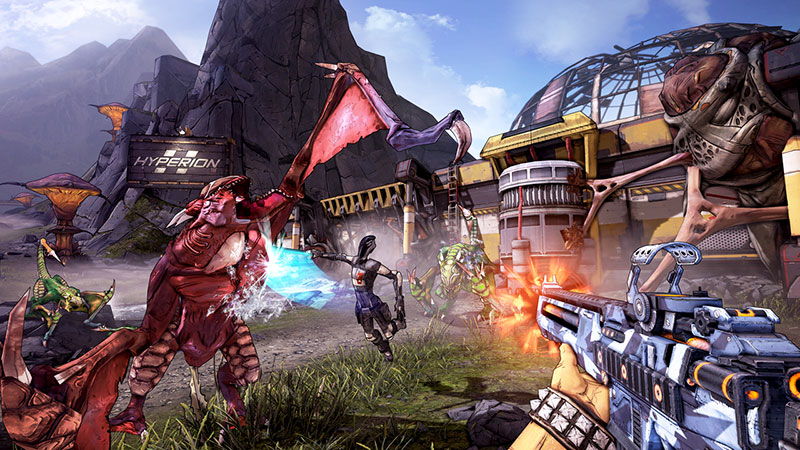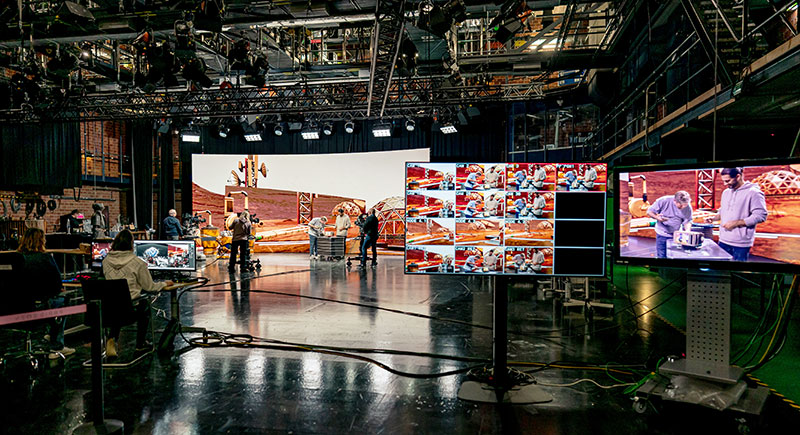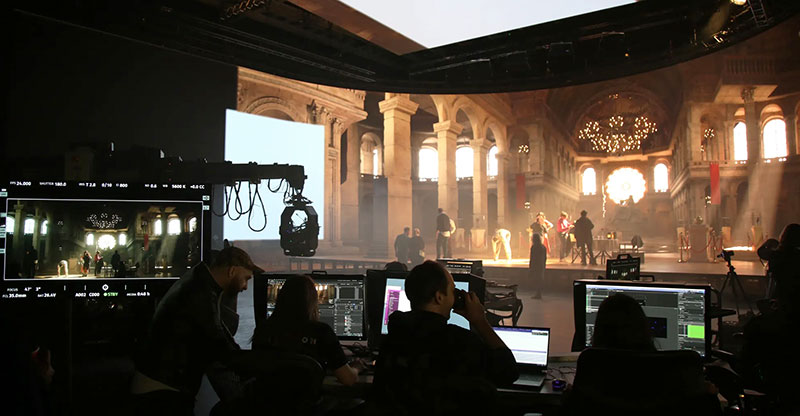Maxon One 3D software for motion design, broadcast and VFX has undergone an upgrade with new tools including Cinema 4D Particles, NPR rendering in Redshift and Red Giant Geo.
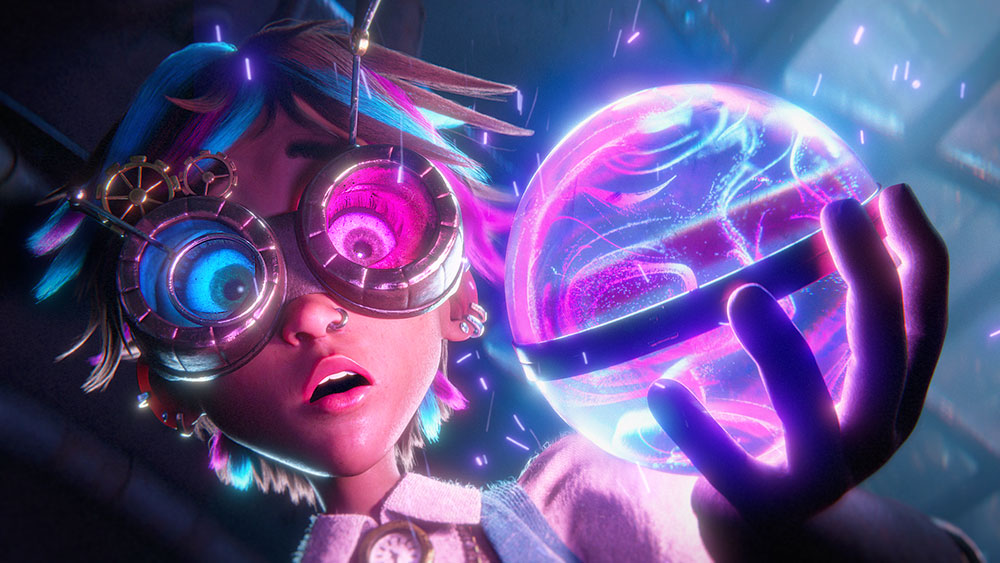
Maxon One 3D software for motion design, broadcast and VFX has undergone an upgrade with new tools including Cinema 4D Particles, NPR rendering in Redshift and Red Giant Geo.
Cinema 4D Upgrades Simulations
Cinema 4D 2024.4, for 3D VFX artists and motion designers, now includes new Cinema 4D Particles integrated with C4D’s Unified Simulation systems. These tools allow artists to control emission patterns, precisely modify behaviours, and orchestrate interactions with Maxon’s collection of other simulation types, including Pyro, Cloth, soft bodies and rigid bodies.

Particles scenes can be rendered with Redshift, or cache and export them via Alembic. New Cinema 4D Particles presets are available in the Asset Browser for use as creative options for starting projects. New presets will be added continuously.
Simulations have been otherwise improved with updates to Cinema 4D’s Connector Object. Its look, workflows and behaviours have all been updated to suit art direction. For example, rigid body simulations now allow artists to automatically connect multiple objects, aerodynamics produce more realistic results, and caching simulations is more flexible due to external cache capabilities.
Other enhancements and new features include Property Transfer, used to help transfer tag data from one object to another, and a new option to Keep Spacing for the Smooth Edge tool. The Asset Browser now automatically triggers the Place tool for extreme accuracy while dragging assets into a scene and instantly creates auto-generated dome lights for HDRI assets.

Redshift Rendering
Redshift 3.6.0 features non-photorealistic rendering (NPR), more flexible Standard Volumes, support for AMD graphics, alpha mask support for Redshift area lights and other changes. New non-photoreal-render options for line and toon looks in Redshift include a Contour node, a Toon Material node for cel shading, and a Tonemap Pattern shader for half-tone shading and other screen-space, grid-based shading styles.
Useful for the new C4D Particles, opacity controls in Redshift's new Toon material can be used to render particles additively – that is, the light emission of each particle builds on those below to create super-bright, stellar particle renders.
With the addition of OSL (Open Shading Language) support for HIP, Redshift is now officially supported on Windows systems with AMD graphics cards. HIP (Heterogeneous-Compute Interface for Portability) is a C++ runtime API that allows developers to write portable code to run on AMD and NVIDIA GPUs.
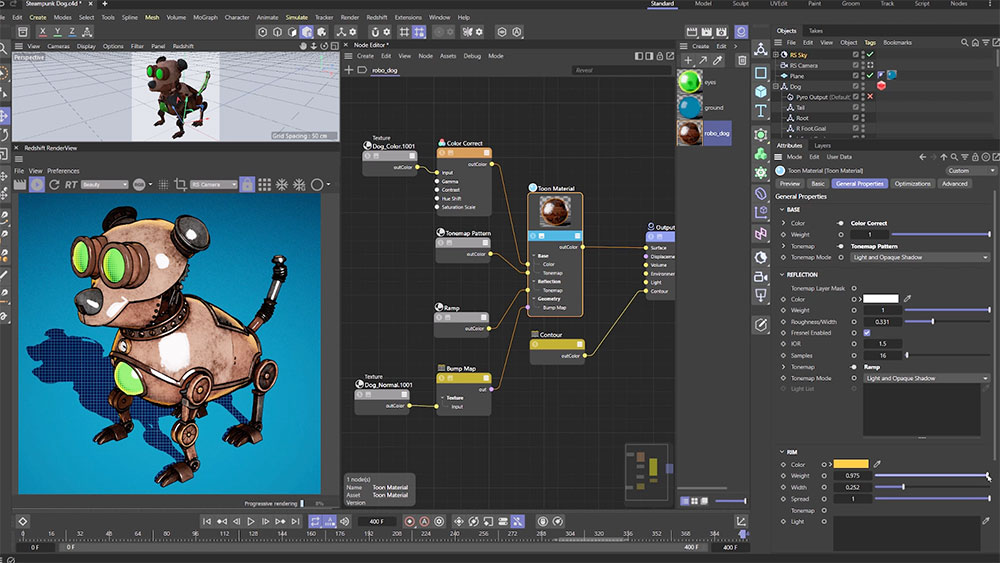
New Standard Volume Nodes speed up the process of adding variation and fine detail when rendering volumes like Pyro and clouds. Also, the Standard Volume shader now works within global environment fog.
Alpha masking is now included for area lights, allowing users to create light gobos with a simple texture. Re-worked mesh lights are easier to use and obey visibility and light linking rules, and the State shader has a new ray bounce level output.
Native support for German and Korean languages has now been added to Redshift.
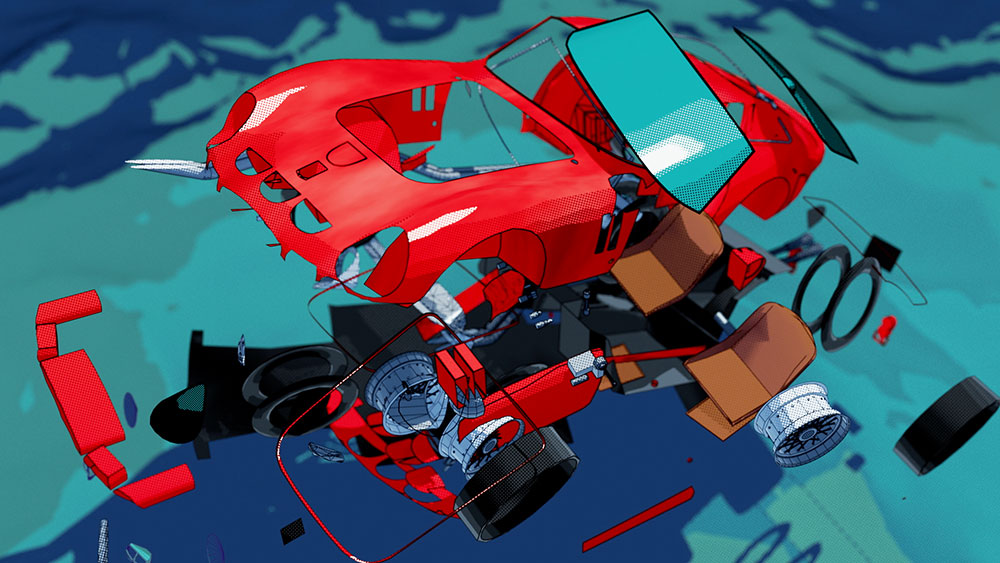
Red Giant Looks, Lights and Colour
Red Giant 2024.2 now has Red Giant Geo, a new tool designed to texture, light and clone 3D objects in After Effects. Red Giant Geo supports seven file formats in After Effects – C4D, OBJ, FBX, GLB, glTF, DAE and 3DS. Integrated cloner options allow you to quickly create arrays in box, sphere or cylindrical shapes. Artists can use any layer or composition to customise textures and materials using any of After Effects’ functionality.
Performance in Trapcode Particular Responsiveness, playback and especially rendering have been improved and enhanced.
New custom blur maps are available for Bokeh. UI improvements for Looks enhance the user experience, and quality of life improvements are added for colour management. Like Redshift, native support for German and Korean languages has now been added to nearly all Red Giant tools.
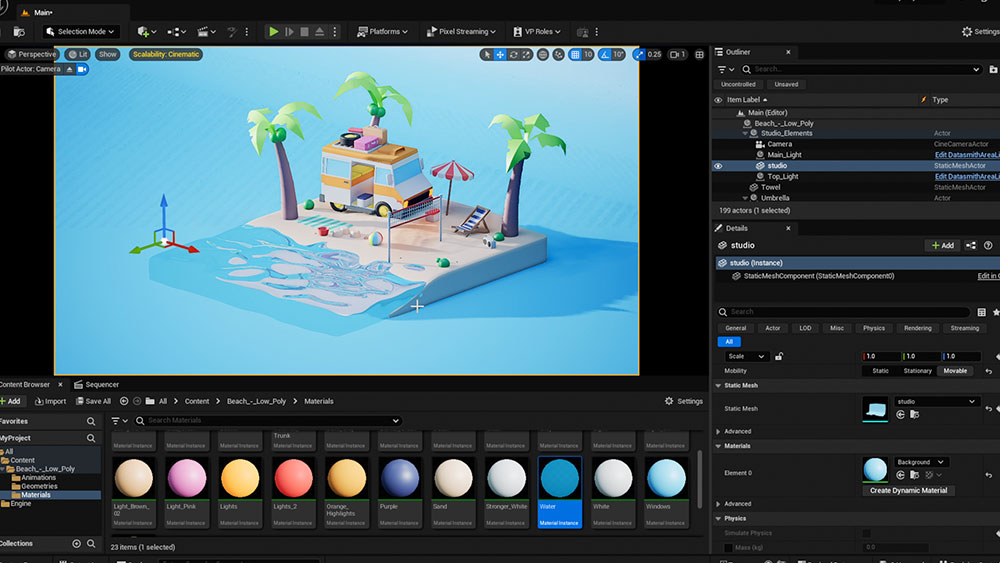
Cineware for Unreal
Updates to Cineware for Unreal Engine 5.0 make it easier to transfer materials between Cinema 4D to Unreal. Using Direct Link makes it unnecessary to save files to disk when transferring. These updates apply only to Cinema 4D 2023.0 or later versions. www.maxon.net





